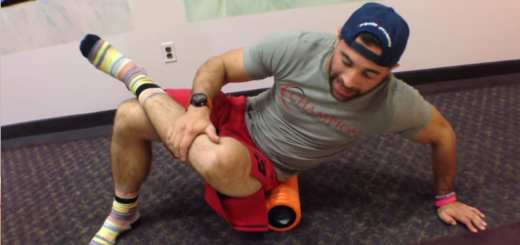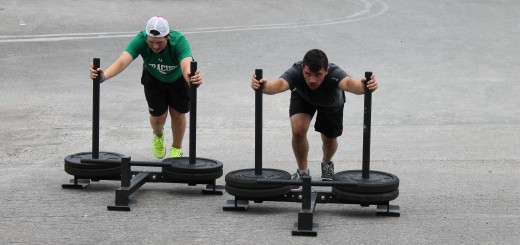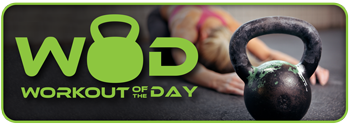Soft Tissue Rehab: Active Release Technique
You foam roll, stretch and trigger-point the crap out of your aches and strains. So why is it then that you STILL HAVE PAIN? The answer lies below. Do yourself a favor and build your health care team, you cannot do it all on your own.
ACTIVE RELEASE TECHNIQUES AID IN SOFT TISSUE MAINTENANCE
If you work out, you experience aches and pains. You pull muscles, you become stiff, you feel the aftermath of a hard training session. Sometimes these aches and pains are mild and disappear quickly; they can even give us bragging rights (“I beat my old pull-up record by 10, but I’m really feeling it today.”). But sometimes they can lead to or be indicative of more serious injuries.
 Even casual athletes are likely nowadays to hear terms like “impingement” (encroachment or limitation), “range of motion” (the area through which an individual should be able to move a given joint), and “mobility” (the ability to move our body parts). Such terms reflect an increasing focus for athletes and athletic trainers and body care workers on counteracting the cumulative stressful effects of hard workouts on our bodies. These effects can manifest themselves as internal scar tissue. They can limit the capacity of the soft tissues to perform their functions effectively.
Even casual athletes are likely nowadays to hear terms like “impingement” (encroachment or limitation), “range of motion” (the area through which an individual should be able to move a given joint), and “mobility” (the ability to move our body parts). Such terms reflect an increasing focus for athletes and athletic trainers and body care workers on counteracting the cumulative stressful effects of hard workouts on our bodies. These effects can manifest themselves as internal scar tissue. They can limit the capacity of the soft tissues to perform their functions effectively.
One modality for reversing these effects and subsequently facilitating maintenance of body integrity and function is known as Active Release Techniques, or ART. ART has been developed and refined over time by P. Michael Leahy, a health professional based in Colorado Springs, CO, whose formal training is in chiropractic1. The modality is designed to address different physical and performance issues that share as a commonality the overuse of certain muscle groups—something every athlete can relate to.
An ART practitioner will diagnose an issue and then administer therapy, in the form of “precisely directed tension.”2 Based on my own experiences with ART for a hip ailment, this translated into sometimes intense pressure applied to  the affected area, combined with practitioner-assisted movement of my hip joint through a full range of motion. In my case, the sciatic nerve was also implicated, which added to the intensity.
the affected area, combined with practitioner-assisted movement of my hip joint through a full range of motion. In my case, the sciatic nerve was also implicated, which added to the intensity.
After the practitioner diagnosed me and administered two treatments a week apart, and some subsequent soreness, the range of motion in my hip increased exponentially, and the pain I had been experiencing subsided. I much preferred this option to a surgical solution and was fortunate to find ART as an alternative.
In addition to treating laypeople, ART practitioners also treat members of professional sports teams, helping them maintain a high level of fitness and performance. ART, then, can be an effective treatment for athletes of every level.
Original Article by: Valerie Worthington at breakingmuscle.com





